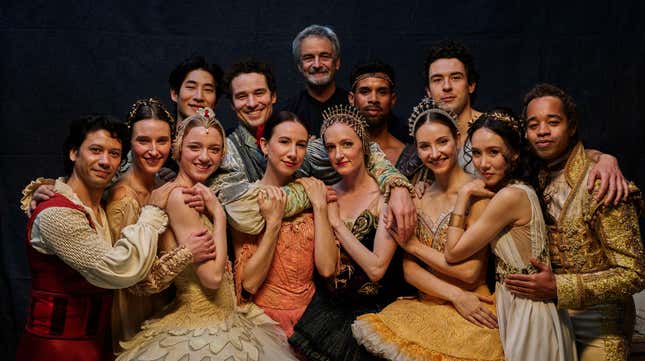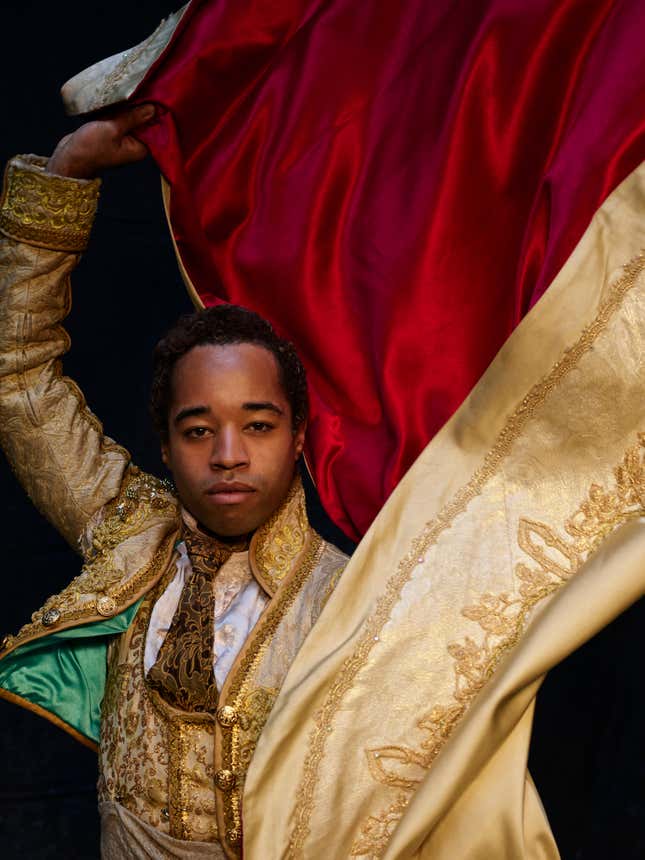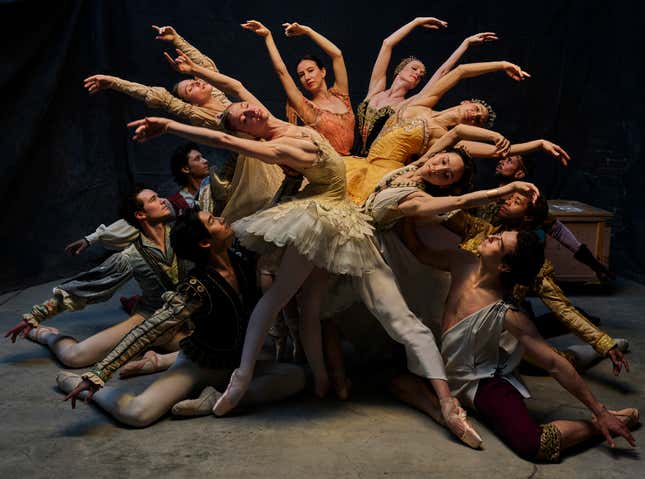American Ballet Theatre Wants to Look Like America. They Don’t Yet, But They’re Trying.
At ABT’s June gala, one story ends and a new era begins.
In Depth

Prior to Monday evening, when I attended American Ballet Theatre’s annual June gala, I had never been to Lincoln Center’s Metropolitan Opera House. I recognized the twinkling chandeliers dripping from its ceilings only from Gossip Girl and The Undoing, in which Nicole Kidman’s character helps to plan a fundraiser for the precocious Reardon private school. It’s no coincidence, then, that the ties between exclusive upper class fetes and the culture of American balletic institutions have remained so taut—almost inextricable from each other, both in pop culture and the real world.
As a longtime dance devotee, that’s sometimes what ballet has felt like for people like me and even younger generations: a storied fantasy land, something that people attend in the movies when they’d like to perform societal relevance or bask in the honor of naming themselves a donor to an “elite” artistic organization. I, on the other hand, did not grow up in the city attending ballet shows or galas. I was lucky to see professional ballet companies whenever they were passing through Los Angeles—mainly more Nutcrackers than I can count and an ABT performance of “La Bayadère” one time. So that group of thin, hoity-toity moms Kidman paraded around the Met always seemed more in step with the heart of ballet—or at least the institutionalized ballets and not the rinky-dink hometown studios I grew up at—than I ever did. No matter how much I adored ballet, ballet did not seem to love most of America back; it seemed more like a see-and-be-seen for the upper echelon of New York City society.
Yet, this week, I—someone who’s never shied away from demanding ballet to be less white, less abusive, less exclusionary—found myself seated front and center for American Ballet Theatre’s grand return to the Met after several seasons had been spoiled by the pandemic. The company opened its summer season with a performance of the classic story ballet “Don Quixote,” which was staged one last time by the company’s longtime artistic director Kevin McKenzie. The former principal ballet dancer was on hand to bid farewell to the company after more than 30 years and pass the reins to Susan Jaffe: ABT’s first solo female artistic director in company history. As feminism hits a larger cultural wall in the outside and political sphere, in which its corporate shilling has overwhelmed and nearly erased the true meaning of intersectionality, there’s room—urgency, even—for a feminist awakening in ballet. And perhaps that awakening starts here.
That evening, as I peered into the orchestral pit and fawned over the spirit-like movement of dancers Catherine Hurlin, Aran Bell, Devon Teuscher, Thomas Forster, Hee Seo, Joo Won Ahn, Katherine Williams, Calvin Royal III, Christine Shevchenko, and more from the first row in a house of booming applause, there seemed to be a shift in energy. As if, after all these years of promising change, championing change, fostering change, this new guard might actually pull it off. At long last, it seemed ABT had opened its doors to the next generation in a meaningful, ceremonious manner.
For one, Janet Rollé, the company’s chief executive and executive director who started in January of this year and the former general manager of Beyoncé’s Parkwood Entertainment, is the first person of color to lead the company. Getting more diverse leaders into the bureaucratic structures of an 83-year-old ballet company with its roots in the 1500s Italian Renaissance is step one in the remaking and modernizing of ballet, and Rollé, a Black woman raised by a Jamaican immigrant mother, seems to have the right chutzpah and vision for the job.
-

-

-

-

-

-

-

-

-

-

-

-

-

-

-

-

-

-

-

-

-

-

-

-

-

-

-

-

-

-

-

-

-

-

-

-

-

-

-

-










































